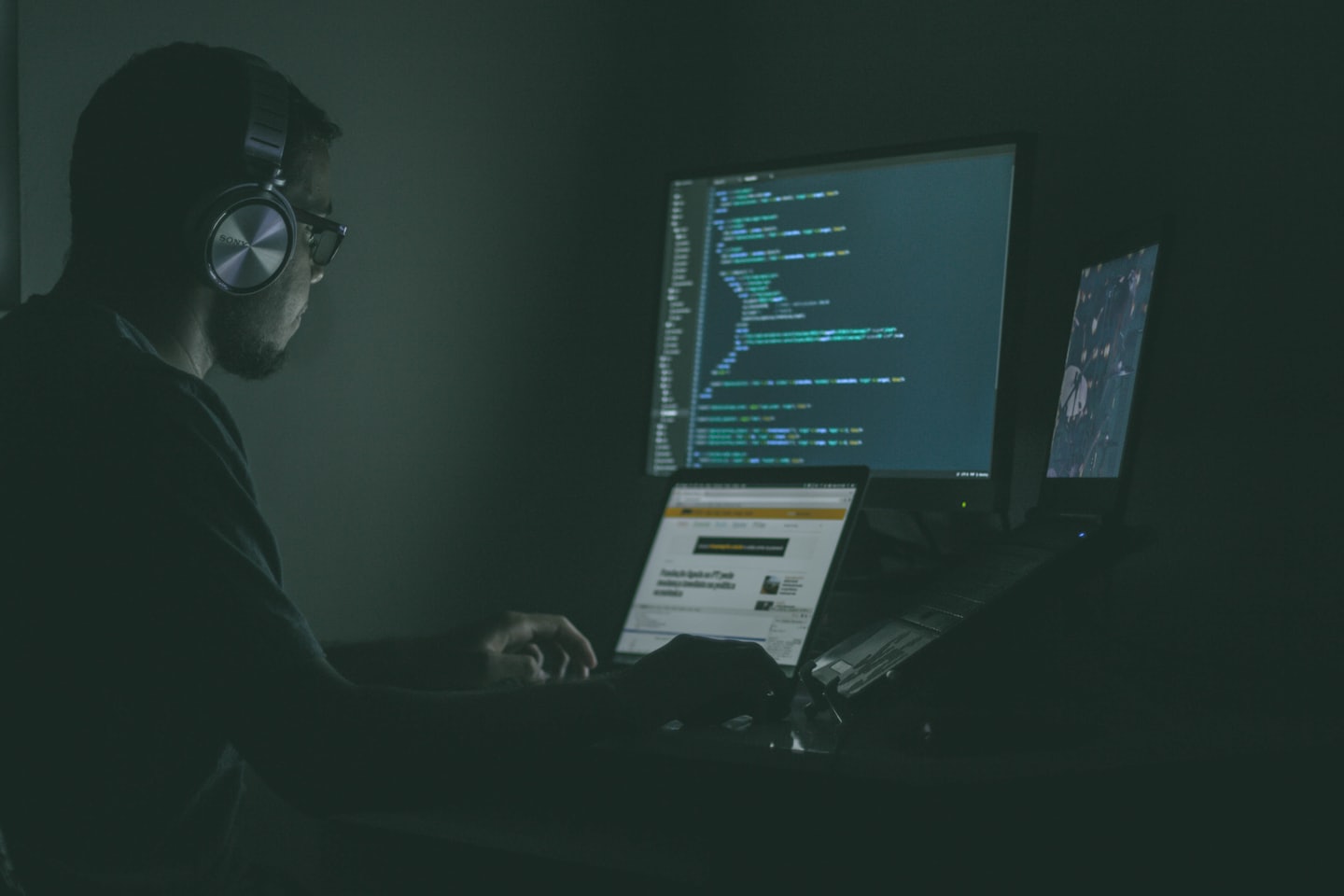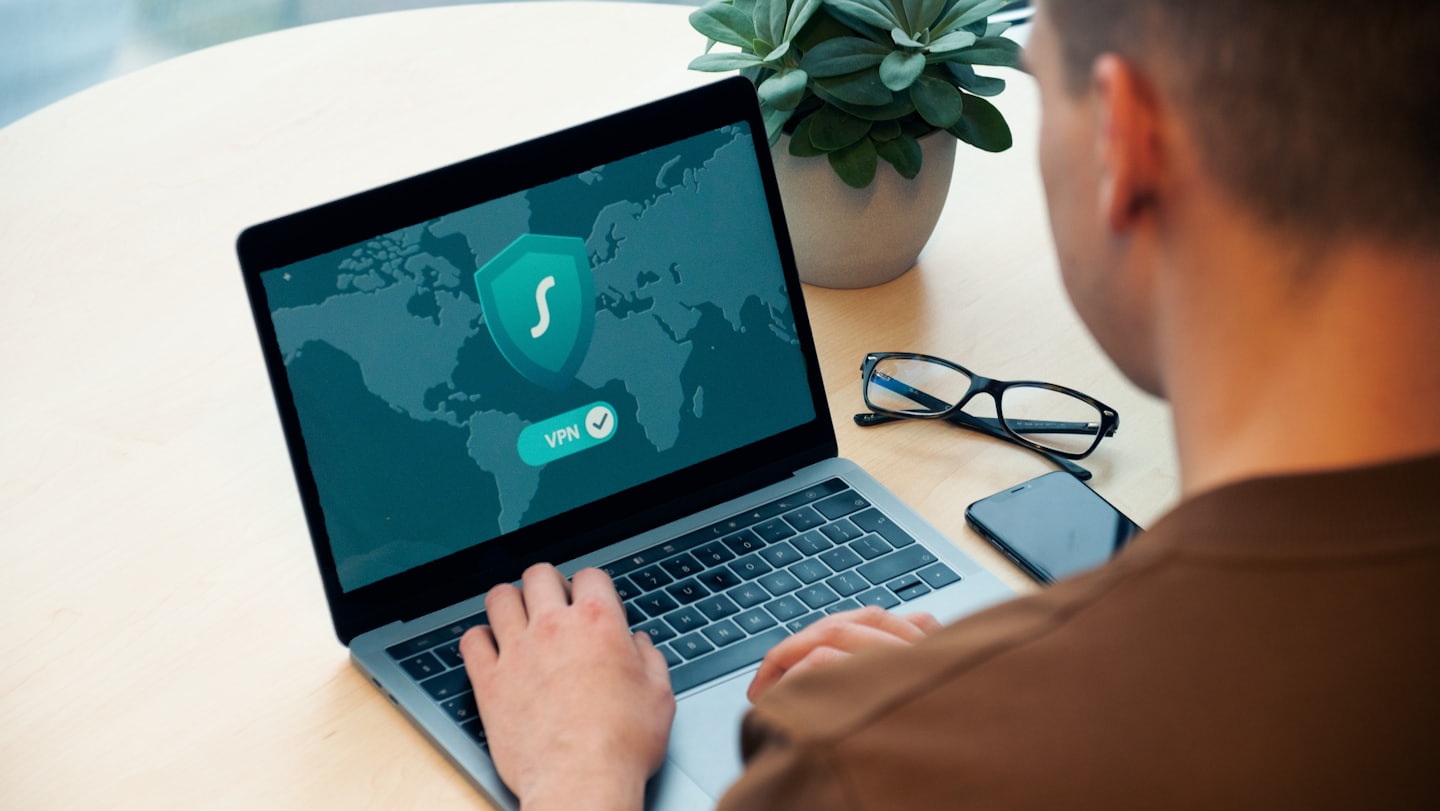Let’s be honest, for many small and medium-sized enterprise (SME) owners, the term “cybersecurity” can conjure images of a hooded figure hunched over a glowing screen in a dark basement, randomly selecting their next victim. It feels distant, like something that only happens to big corporations with deep pockets and terabytes of data. The reality, however, is a lot less cinematic and far more concerning. The modern cybercriminal is more likely to be a sophisticated, organized entity using automated tools, and they have their sights set squarely on businesses like yours. Why? Because you’re the “just right” target in the Goldilocks story of hacking – not too big, not too small, and often, with security that’s just right for the picking.
The digital landscape is constantly evolving, and with it, the threats that can bring a business to its knees. For SMEs, who are the backbone of our economy, staying ahead of these trends isn’t just good practice; it’s a matter of survival. In this post, we’ll explore the key cybersecurity trends that every SME owner needs to have on their radar. We’ll cut through the jargon, look at the real-world data, and provide actionable steps you can take to protect your hard-earned success.
The digital landscape is constantly evolving, and with it, the threats that can bring a business to its knees.
The Sobering Statistics: A Look at the Modern Threat to SMEs
Before we dive into the specific trends, let’s ground ourselves in the current reality with some eye-opening statistics:
- A Prime Target: A staggering 43% of all cyberattacks in 2023 were aimed at small businesses, confirming that SMEs are no longer flying under the radar. (BD Emerson)
- The High Cost of an Attack: The average cost of a data breach for a small business can range from $120,000 to $1.24 million, a figure that can be catastrophic for a growing enterprise. (PurpleSec)
- The Human Element: An alarming 95% of cybersecurity incidents can be attributed to human error, highlighting the critical need for employee training and awareness. (BD Emerson)
- The Aftermath: Perhaps the most sobering statistic of all is that 60% of small businesses that suffer a cyberattack shut down within six months. (BD Emerson)
These numbers paint a clear picture: cybersecurity is not an IT issue; it’s a business issue, and one that requires proactive and informed attention.


Trend 1: The Double-Edged Sword of Artificial Intelligence
Artificial intelligence (AI) is rapidly transforming the business world, offering unprecedented opportunities for innovation and efficiency. However, just as SMEs are leveraging AI for good, so too are cybercriminals.
The Threat: AI-powered tools are now in the hands of attackers, enabling them to launch more sophisticated and scalable attacks. This includes:
- Hyper-realistic Phishing: AI can generate highly convincing phishing emails, personalized to the recipient and free of the grammatical errors that once served as red flags.
- Automated Attacks: AI algorithms can probe networks for vulnerabilities at a speed and scale that humans cannot match, identifying the weakest link in your defenses.
- Deepfake Technology: The ability to create realistic but fake audio and video of individuals, including executives, opens the door to a new level of social engineering and fraud.
The Defense: The good news is that AI is also a powerful ally in the fight against cybercrime. AI-driven security solutions can:
- Enhance Threat Detection: By analyzing vast amounts of data in real-time, AI can identify anomalous behavior and potential threats that might otherwise go unnoticed.
- Automate Responses: AI can automatically quarantine infected devices, block malicious IP addresses, and take other immediate actions to contain a threat before it can spread.
- Predict Future Attacks: By learning from past incidents and identifying emerging patterns, AI can help predict and prepare for future threats.
What SMEs Should Do:
- Embrace Multi-Factor Authentication (MFA): MFA adds a crucial layer of security that can thwart many AI-powered credential-stuffing attacks.
- Invest in AI-Powered Security Tools: Consider next-generation antivirus (NGAV) and endpoint detection and response (EDR) solutions that incorporate AI.
- Educate Your Team: Train your employees to be skeptical of unsolicited requests, even if they appear to come from a trusted source. Implement a verification process for financial transactions or data sharing requests that are out of the ordinary.
Trend 2: The Ever-Expanding Attack Surface – Remote Work and IoT
The traditional concept of a secure office perimeter has all but vanished. The rise of remote work and the proliferation of Internet of Things (IoT) devices have created a vast and complex attack surface for cybercriminals to target.
The Threat:
- Remote Workforce Vulnerabilities: Employees working from home may be using less secure personal devices and home networks, creating a direct pathway for attackers to access your company’s data. A recent survey found that 70% of office workers use work devices for personal tasks, blurring the lines between secure and insecure environments. (NinjaOne)
- Insecure IoT Devices: From smart thermostats and security cameras to specialized industry sensors, IoT devices are often not designed with robust security in mind. They can be a weak entry point for attackers to gain a foothold in your network.
What SMEs Should Do:
- Establish a Robust Remote Work Policy: This policy should outline security requirements for employees working remotely, including the use of company-approved devices, secure Wi-Fi networks, and VPNs.
- Implement a Zero-Trust Architecture: The principle of “never trust, always verify” should be applied to your network. This means that every user and device, whether inside or outside the traditional network perimeter, must be authenticated and authorized before accessing company resources.
- Segment Your Network: Isolate IoT devices on a separate network from your critical business systems. This way, if an IoT device is compromised, the attacker’s access is limited and they cannot easily move laterally to more sensitive parts of your network.
- Manage and Patch Devices: Regularly update the firmware and software of all devices connected to your network, including IoT devices.
Trend 3: The Ripple Effect of Supply Chain and Third-Party Risks
Your business does not operate in a vacuum. You rely on a network of suppliers, vendors, and partners to deliver your products and services. While these relationships are essential for business, they also introduce a significant cybersecurity risk.
The Threat: Cybercriminals are increasingly targeting smaller, less-secure businesses as a stepping stone to infiltrate their larger, more well-defended partners. A breach in your systems could have a domino effect, impacting your clients and damaging your reputation. According to Gartner, by 2025, 45% of organizations worldwide will have experienced attacks on their software supply chains. (NinjaOne)
What SMEs Should Do:
- Vet Your Vendors: Before entering into a partnership, conduct due diligence on the cybersecurity practices of your vendors. Ask about their security policies, certifications, and incident response plans.
- Review Contracts: Ensure that your contracts with third parties include clauses that outline their cybersecurity responsibilities and require them to notify you in the event of a breach.
- Limit Access: Grant third-party vendors only the minimum level of access they need to perform their duties.
Trend 4: The Evolution of Social Engineering – Phishing Gets Personal
Phishing has been around for decades, but it remains one of the most effective attack vectors. And it’s evolving.
The Threat:
- Spear Phishing: Highly targeted phishing attacks that are personalized to the individual, often using information gathered from social media and other public sources.
- Vishing and Smishing: Phishing attacks that are conducted over the phone (vishing) or via text message (smishing).
- Business Email Compromise (BEC): Sophisticated scams where attackers impersonate a company executive or a trusted vendor to trick an employee into making a fraudulent wire transfer or sharing sensitive information.
What SMEs Should Do:
- Continuous Employee Training: Regular, engaging, and up-to-date security awareness training is your best defense against social engineering. This should include simulated phishing exercises to test your employees’ ability to spot a phish.
- Implement Email Filtering: Use an advanced email security solution that can detect and block malicious emails before they reach your employees’ inboxes.
- Establish Clear Procedures: Have clear, written procedures for handling requests for sensitive information or financial transactions. This should include a multi-person approval process for large transactions.
Trend 5: The Growing Burden of Data Privacy and Compliance
In today’s data-driven world, the responsible handling of personal information is not just an ethical obligation; it’s a legal one.
The Threat: A growing number of data privacy regulations, such as the General Data Protection Regulation (GDPR) in Europe and the California Consumer Privacy Act (CCPA), impose strict requirements on how businesses collect, use, and protect personal data. Non-compliance can result in hefty fines, legal action, and significant reputational damage. The cost of non-compliance with regulations like PCI DSS can range from $5,000 to $100,000 per month. (PurpleSec)
What SMEs Should Do:
- Understand Your Obligations: Identify which data privacy regulations apply to your business based on your location and the location of your customers.
- Create a Data Privacy Policy: Develop and publish a clear and concise privacy policy that explains what data you collect, why you collect it, and how you protect it.
- Implement Data Governance: Know what data you have, where it is stored, and who has access to it. Implement controls to ensure that data is only used for its intended purpose and is securely deleted when it is no longer needed.
Your Proactive Defense: Building a Cyber-Resilient SME
The cybersecurity landscape can seem daunting, but inaction is not an option. By understanding these key trends and taking proactive steps to address them, you can build a more cyber-resilient business. It’s about creating a culture of security where everyone, from the CEO to the newest intern, understands their role in protecting the business.
Start with the basics: implement strong password policies, enable multi-factor authentication, regularly back up your data, and keep your software up to date. But don’t stop there. Invest in the right security tools, train your employees, and develop a comprehensive incident response plan. By making cybersecurity a priority, you can protect your business, your customers, and your future in an increasingly digital world.


